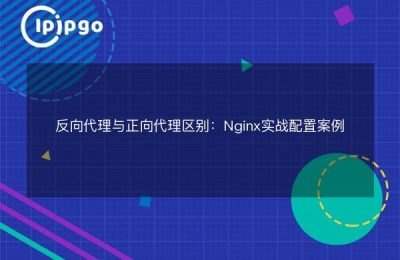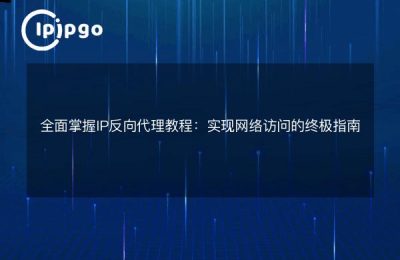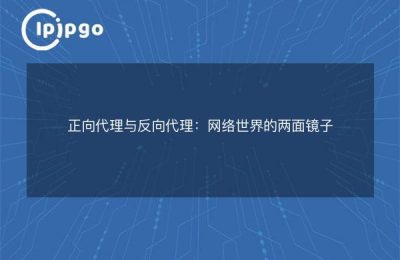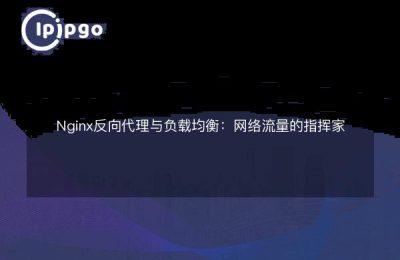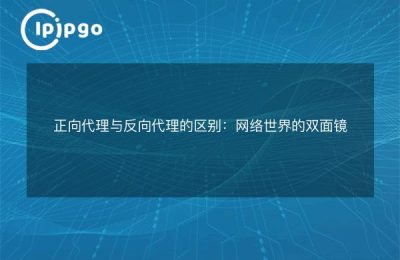
In the networking world, reverse and forward proxies are two common concepts that play different roles in network transport and security. Understanding the difference between reverse and forward proxies is critical to optimizing network performance and ensuring information security.
What is a reverse proxy?
A reverse proxy is a configuration of proxy servers that receive and forward client requests on behalf of a server. In short, a reverse proxy hides the real server and forwards client requests to one or more back-end servers. The benefits of this are enhanced server security, reduced server load, and the ability to cache static content.
What is a positive proxy?
Forward proxying, on the other hand, proxies the client's request and forwards it to the server. It hides the client so that the server cannot directly identify the client. Forward proxying is often used to access restricted resources or to protect client privacy.
Difference between Reverse Agent and Forward Agent
The main difference between a reverse proxy and a forward proxy is the way the proxy server handles requests.
1. Different objects are handled: The reverse proxy handles requests from the server, while the forward proxy handles requests from the client.
2. Deployment locations vary: Reverse proxies are deployed on the server side, while forward proxies are deployed on the client side.
3. Security is different: Reverse proxies enhance the security of the server, while forward proxies protect the privacy of the client.
4. Performance impacts vary: Reverse proxies can cache static content to improve performance, forward proxies may increase network latency.
summarize
Reverse proxies and forward proxies play different roles in the network architecture, and understanding their differences helps to better optimize network performance and ensure information security. In practice, choosing the right proxy according to the specific needs is crucial to building an efficient and reliable network system.

